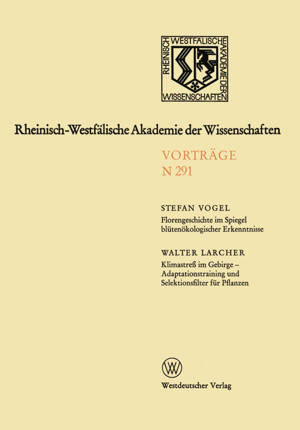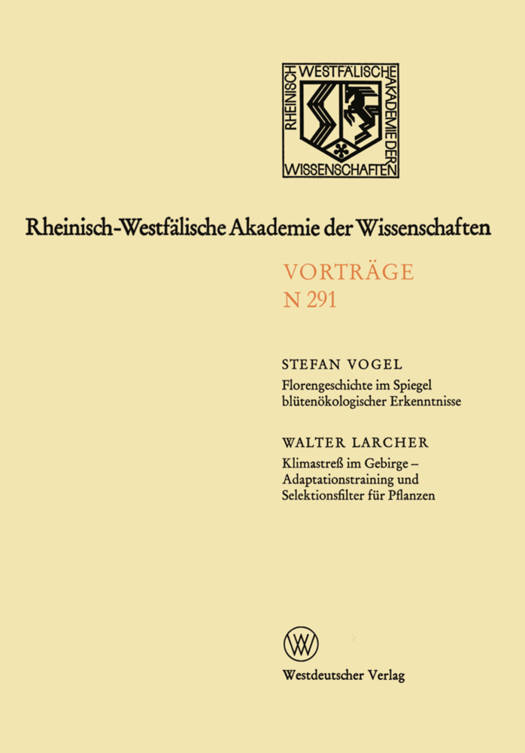
- Afhalen na 1 uur in een winkel met voorraad
- Gratis thuislevering in België vanaf € 30
- Ruim aanbod met 7 miljoen producten
- Afhalen na 1 uur in een winkel met voorraad
- Gratis thuislevering in België vanaf € 30
- Ruim aanbod met 7 miljoen producten
Zoeken
Omschrijving
The majority of flowering plants (angiosperms) make use, mostly in a strictly defined way, of animal pollen carriers which on their part depend on floral nourishment. Floral ecology distinguishes between several classes of flower adaptations with different geographic and historic dimensions. The nature of these mutual relations permits in certain cases to infer from the evolutionary level and the spatial distribution of one partner the history and paleogeography of the other. Thus, substantial indications may result which help to reconstruct the past of involved biota and communities. Parallel to other features of flowering plants, and arising from a minor degree of interrelation, zoophily (pollination by animals) has increasingly been perfected, specialised, and varied. Accordingly, higher developed pollinator groups evolved. Both processes interfered with the continental drift in the middle of the c. retaceous period. Primitive levels of adaptation, i. e. relations to early flower insects, were already present in the floras of the connected continental plates of the mesozoic (Gondwanaland), and widely scattered relics still exist, even dominating in some insular communities. In general, the evolution of higher elevated blossom types started only after the splitting of Gondwanaland and the isolation of the present continents. Thereby some peculiar traits of the interrelations emerged in the different geofloral regions, but also independent convergencies, part of which can only be explained by a certain preadaptation of a common ancestral group.
Specificaties
Betrokkenen
- Auteur(s):
- Uitgeverij:
Inhoud
- Aantal bladzijden:
- 88
- Taal:
- Duits
- Reeks:
- Reeksnummer:
- nr. 291
Eigenschappen
- Productcode (EAN):
- 9783531082912
- Verschijningsdatum:
- 1/01/1980
- Uitvoering:
- Paperback
- Formaat:
- Trade paperback (VS)
- Afmetingen:
- 170 mm x 244 mm
- Gewicht:
- 172 g

Alleen bij Standaard Boekhandel
+ 108 punten op je klantenkaart van Standaard Boekhandel
Beoordelingen
We publiceren alleen reviews die voldoen aan de voorwaarden voor reviews. Bekijk onze voorwaarden voor reviews.











